Guitar Amp Tubes Demystified: All about amplifier valves!
Digital or analog? These days many people extol the features and benefits of digital amplifiers, but there are a multitude of players the world over that still swear by tube amps. After all, they’re responsible for some of the most legendary guitar tones in music history. Guitar amp tubes – or valves, as they’re known in the UK – might be an old technology, but they are still immensely popular. While the technology has been around for almost a century, several companies still manufacture tubes, like Electro-Harmonix, JJ, Groove Tubes, Mesa Boogie, and more. Here’s our whistlestop tour of the most popular types of guitar amp tube!
Want to find out more about other kinds of amp components? Here’s our Beginners Guide to Amp Speakers.
First, the physics.
Tubes operate on a simple design concept. There are three elements to them: a plate on one side, a cathode on the other, and a grid in between them. When you power up the amp the cathode heats up and charges the plate. The grid acts as a barrier of sorts, repelling or allowing electrons to pass through. The current created by the magnetic field of the pickup goes to the grid, regulating the electrons going from the cathode to the plate and amplifies them. It then goes through the plate to the output transformer, out of the speaker, and into your ears! Let’s demystify some of the various types of tubes, across various applications like the preamp, the power amp, and the rectifier. On every tube type, we’ve included one model for your consideration, although other makers also offer good alternatives.
Preamp
The tubes in the preamp section of your amplifier tailor the overall tone. If you hit them with more signal, like from a gain pedal or higher-output pickup you can get more sustain, harmonics, and distortion. The 12A family are far and away the most popular type of preamp tubes. Most of the time they can be interchanged depending on how much gain and headroom you need. As the amount of available gain goes down, the current goes up. Less gain also translates to increased headroom, less noise, and definition.
12AX7/ECC83
The most popular preamp tube, the 12AX7 is currently manufactured by a number of companies. It’s used by some of the biggest players like Marshall, Mesa Boogie, and Fender. 12AX7 tubes are versatile, which is why you’ll find them in such a wide range of amps. They can do clean sparkle just as well as all-out metal tones and everything in between. While they’re utilized a lot in preamps, you’ll also find them in guitar pedals as well.
12AT7/ECC81
This variant has lower gain but provides more headroom and output. You’ll often find them in outboard gear like preamps, compressors, tube reverb tanks, and even organs!
12AU7/ECC82
Finally, the 12AU7 has the least amount of gain in this tube family. They are used less as a preamp tube, but are popular in spring reverbs. They have the most headroom, and you’ll also find them used at the phase inverter stage. The 12AU7 is a top choice for hi-fi systems and small guitar amps that feature just a single tube.
Power Amp
As the name suggests, power amp tubes control the output of your amplifier. Working in tandem with the preamp tubes, power tubes help to create the overall tone of the amp.
EL84
The EL84 is a popular choice here, as it will get you the beloved British chime of Vox amps, specifically the AC30. Its sound is slightly compressed and creates a smooth overdriven sound with a lot of sweetness on the high end.
EL34
Another huge player in the “British sound” space, these can be found in designs from Orange, Marshall, and Hiwatt. It can achieve overdrive at lower volume than many other power tubes. It’s got a sweeter midrange than other options like the 6L6.
6L6
A popular type of tube for the power section of an amp, you’ll often find these in amps with a lot of juice like the Fender Twin and Marshalls. Tonally, they have solid high end, a smooth midrange, and focused low end. A lot of high gain amps utilize them, like those from Mesa Boogie and Peavey.
6V6
The 6V6 was used by amps from Gibson and Fender in the 1950s and 60s. It was also the power tube of choice in boutique models from Supro, Magnatone, and Silvertone. They can really make some magic when you crank them. It is probably most famously used in the Fender Deluxe, including the current reissue models.
KT66
Similar to the 6L6, this type of power tube provides a big, open sound. They don’t produce much compression and can really sing with sustain when you drive them hard. They can technically be used as an alternative in amps that utilize 6L6s, but they draw more power so it’s best to consult an amp tech to see if your particular amp can handle them.
KT88
KT88s are a bigger version of the KT66. They are a prime element of the British tone of high wattage amps from Marshall and HiWatt. And if you’re looking for a cleaner, more focused sound that distorts less, you can use them as an alternative to EL34 and 6550 tubes.
6550
A less common tube, this is an offshoot of the 6L6 that has more output. The only current manufacturers are New Sensor and JJ. You can push them as hard as you want, but they never go into distortion. They are the grind behind Ampeg’s popular SVT bass amps and popular Marshalls like the JMP and JCM.
Rectifier
This type of tube converts AC current to DC. They aren’t as common as they used to be, but you’ll find them in a lot of vintage amps from the 50s and 60s – especially Fenders.
What are your experiences with tubes and tube amps? Let us know in the comments below.
This post contains affiliate links and/or widgets. When you buy a product via our affiliate partner, we receive a small commission that helps support what we do. Don’t worry, you pay the same price. Thanks for your support!
5 responses to “Guitar Amp Tubes Demystified: All about amplifier valves!”

You are currently viewing a placeholder content from Facebook. To access the actual content, click the button below. Please note that doing so will share data with third-party providers.
More InformationYou are currently viewing a placeholder content from Instagram. To access the actual content, click the button below. Please note that doing so will share data with third-party providers.
More InformationYou are currently viewing a placeholder content from X. To access the actual content, click the button below. Please note that doing so will share data with third-party providers.
More Information 4,7 / 5,0 |
4,7 / 5,0 | 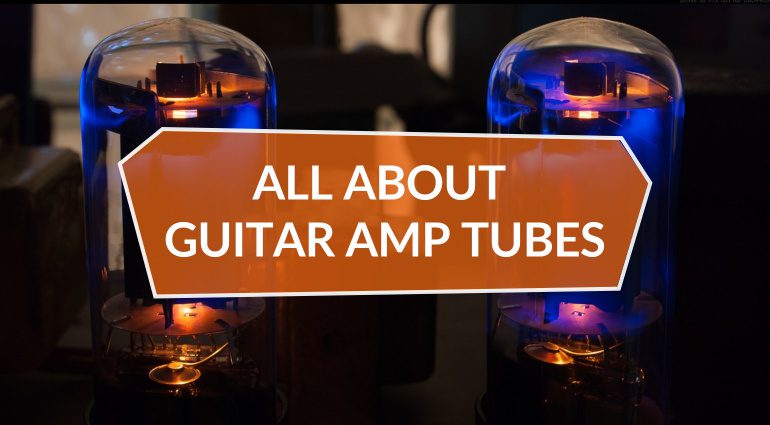

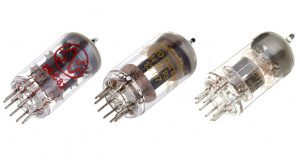
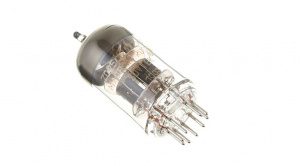
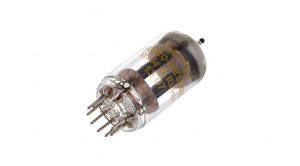
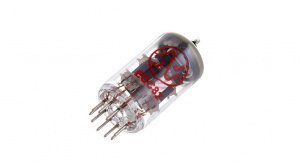
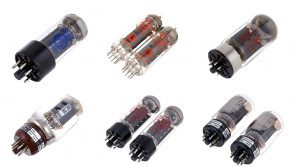
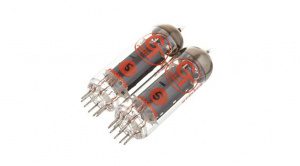
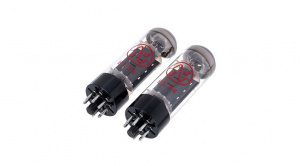
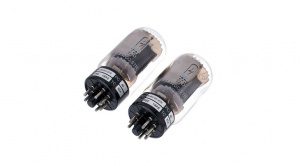
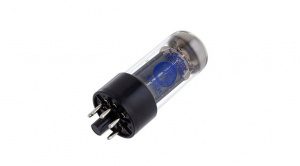
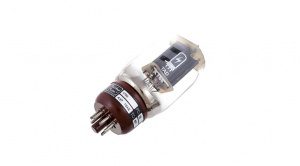
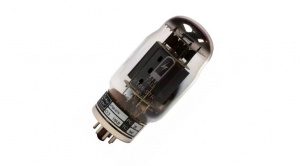
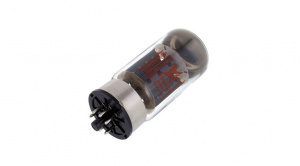
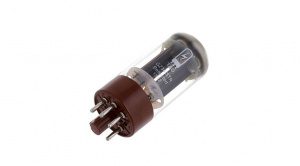
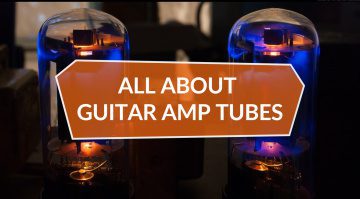

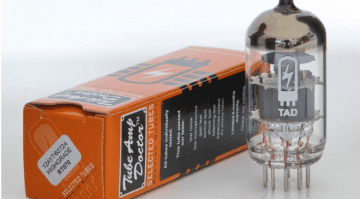
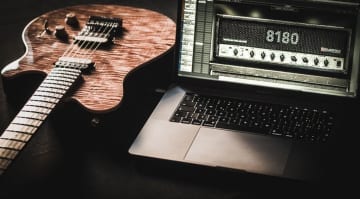
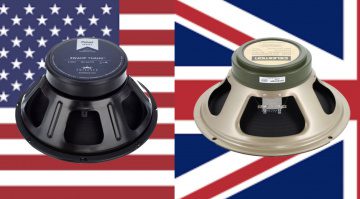
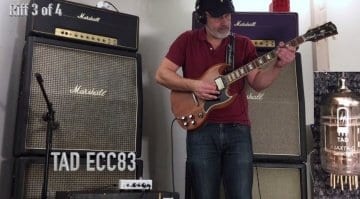
I have used all the tubes mentioned,except 12ay7. I still remember my tube amp using kt88 valves in Neauman Disc cutter sx68head.
No information on 7027 as in my ampeg vt22?
You may have a hard time finding 7027’s in the market – perhaps replace with 6L6GC’s – best check with ampeg support!
Thanks a great review on tubes ..
I’ve been playing tube amps professionaly for many years and have tried solid state/ digital some are very good but when I want that feeling/ tone , session work or small gigs ,it’s back to the tubes.
There is only 2 companies in the entire world that still mass produce vacuum tubes or valves. JJ & New Sensor the latter however produces Electro Harmonix,Sovtek,Svetlana,Tung Sol & Mullard. Mesa & Groove Tube are rebranded JJs.